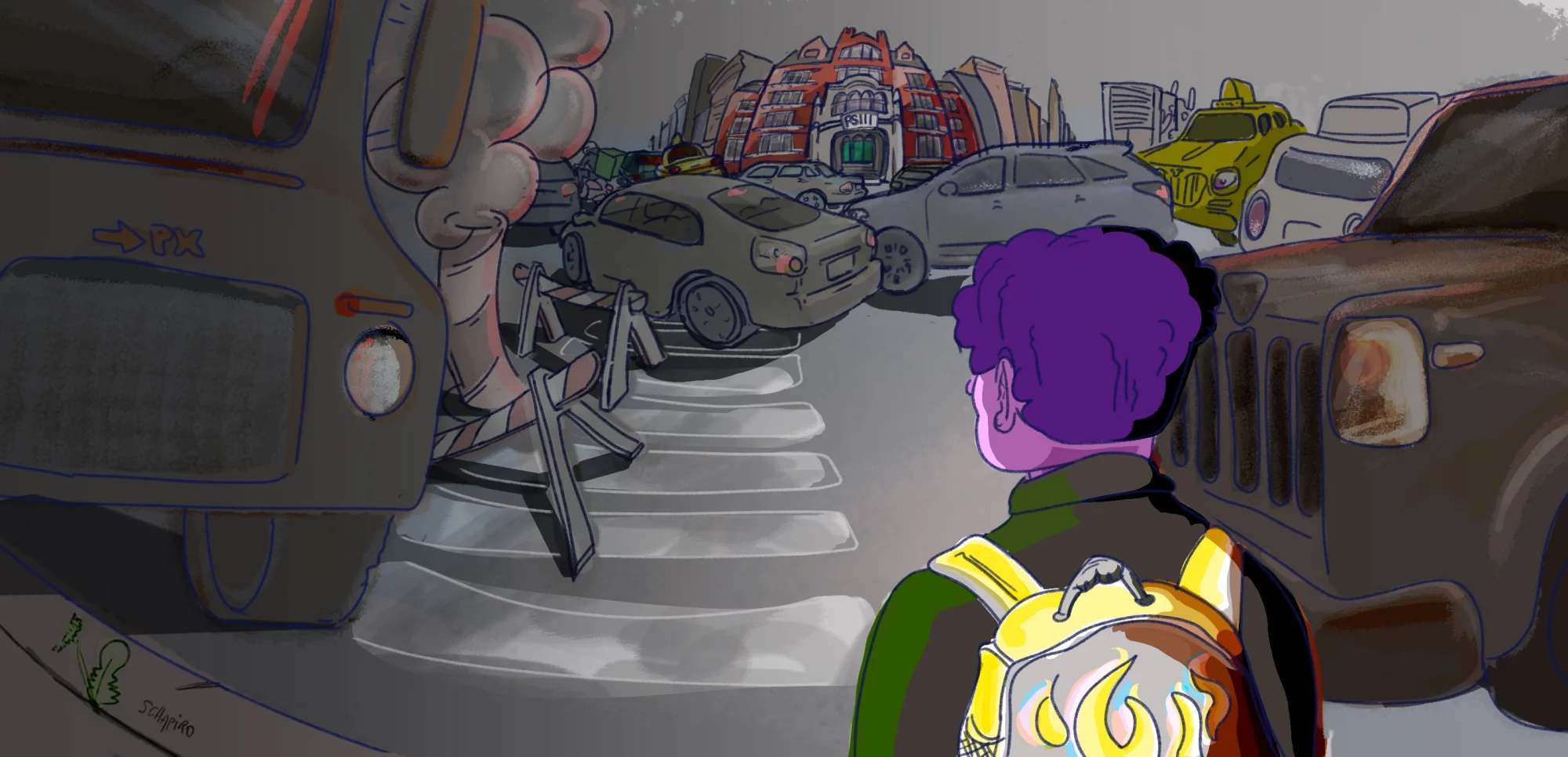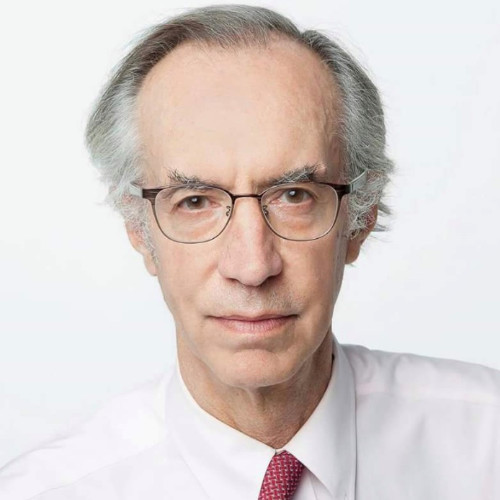EndDD.org, a national organization established to campaign against distracted driving practices, has announced the first annual Casey Feldman Award for Transportation Safety Reporting.
The award was established by The Casey Feldman Foundation and the journalism department of the University of Colorado Boulder’s College of Media, Communication, and Information. The intention of the award, to be given on an annual basis, is to support and encourage journalism that highlights traffic safety issues, including pedestrian and bicyclist safety, and the dangers of distracted driving.

The award honors Casey Feldman, a 21-year-old communications major at Fordham University who was killed July 17, 2009, when she was run over in a crosswalk in Ocean City New Jersey by a delivery van. She died in the hospital several hours later. Casey’s passion was writing. She was news editor of Fordham’s newspaper, The Observer, and was already an award-winning journalist.
Following her death, Casey’s parents, Joel Feldman and Dianne Anderson created the Casey Feldman Foundation, and its sponsored project, EndDD.org, (End Distracted Driving). EndDD.org is devoted to spreading the message that distracted driving is a public hazard and that drivers and passengers can take steps to end the practice. To date, presentations sponsored through EndDD.org have reached more than 500,000 teens and adults across the United States and Canada.
Each of the articles recognized in this year’s competition focused on traffic or transportation conditions that create clear, foreseeable and ultimately preventable hazards for pedestrians.
“Always Scared,” by Jesse Coburn of the transportation website Streetsblog NYC, is the winner of the inaugural Casey Feldman Award for Transportation Safety Reporting.
For his winning entry, Coburn received the top prize of $2,000.
On any given day, children attending New York City public schools are at higher risk of being hit by a vehicle than pedestrians anywhere else in the city.
During the 8 a.m. hour, when hundreds of thousands of children are streaming into the city’s 1,600 public schools, there are 57 percent more crashes and 25 percent more injuries on streets near city schools than on streets anywhere else in the city. The accident rate near schools that serve predominantly minority populations is even greater.
And yet, despite the added risk to school children, New York City officials have done little to make conditions safer.
Coburn’s six-month investigation of traffic hazards around public schools in New York City involved analysis of nearly one million public records and dozens of interviews of accident victims and family members, transportation experts and city officials. The results show a clear correlation between the presence of school children and high accident rates.
Overall, accident rates are higher near schools and peak when children arrive early in the morning and later in the day when they leave. One telling fact: the disparity between near-school accident rates and the rest of the city disappears on days when schools are closed. The reasons are complex and multi-dimensional. Children are small and thus not as visible to drivers as adults. That, of course, highlights the need for intensive traffic safety measures near schools.
But the city has been slow to make improvements.
Coburn reported on one traffic hot spot in East New York that drew the attention of city traffic officials, who promised major improvements, but in the end delivered only modest changes. From Sept. 2015 to Nov. 2021, four pedestrians were killed in traffic accidents near East New York’s schools and 190 were injured.
Higher accident rates around schools that serve minority neighborhoods result not only from the lack of traffic safety measures but also because the neighborhoods often are bisected by large roads carrying high volumes of traffic, Coburn reported. Minority children also are more likely to walk to school because their families are less likely to own a car.
“New York is really a laggard,” on instituting traffic safety measures around schools, Coburn said.
Following publication of Coburn’s investigative report, members of the New York City council released statements expressing outrage at the unsafe conditions. The investigation also was cited by Mayor Eric Adams and New York Governor Kathy Hochul.
“The Deadliest Road in America” by Marin Cogan for Vox and “Seattle’s Most Dangerous Light Rail Stretch-and How to Make it Safer,” by Mike Lindblom for the Seattle Times, Were Runner-ups
Each of the authors of the two runners up articles collected $500 cash prizes. The two runners up made the point that pedestrian safety takes a back seat to other priorities, notably moving traffic rapidly from one point to another.
That was one of the findings of “The Deadliest Road in America” by Marin Cogan for Vox.
The piece focused on US-19 in Pasco County, Fla. The article found that 48 pedestrians were killed in vehicular accidents on the highway between 2017 and 2022. The high fatality rate, according to the investigation, resulted in part from explosive population growth around a highway that was designed to move large volumes of traffic from one place to another, not to accommodate pedestrians. Crosswalks are often far removed from one another – in one spot the next crosswalk was 1.7 miles away.
“Seattle’s Most Dangerous Light Rail Stretch – and How to Make it Safer,” the other runner up, was written by Mike Lindblom and focuses on a troubling proliferation of accidents involving both pedestrians and motor vehicles along a light rail corridor in Seattle.
The awards this year were judged by Boulder Daily Camera reporter Mitchell Byars, Kasey Cordell, communications officer of the LOR Foundation, Esteban Hernandez, reporter at Axios Denver and Paul S. Voakes, dean emeritus of CU Boulder.
“Traffic safety is a huge problem in the U.S. that does not get enough attention,” Joel said. “The last seven years have seen dramatic increases in highway deaths and that includes pedestrians. Our winning entry, ‘Always Scared’ does a masterful job of exposing what is a totally unacceptable risk for kids each and every day while they are walking to school. We are so pleased to be able to support outstanding journalism and at the same time reward traffic safety reporting.”
Dianne added, “Casey knew that journalism was a key to informing the public and exposing inequities. Her journalism colleagues at Fordham told us after Casey was killed that ‘Casey taught them that it is through the telling of stories that we can change the world and make a difference.’




